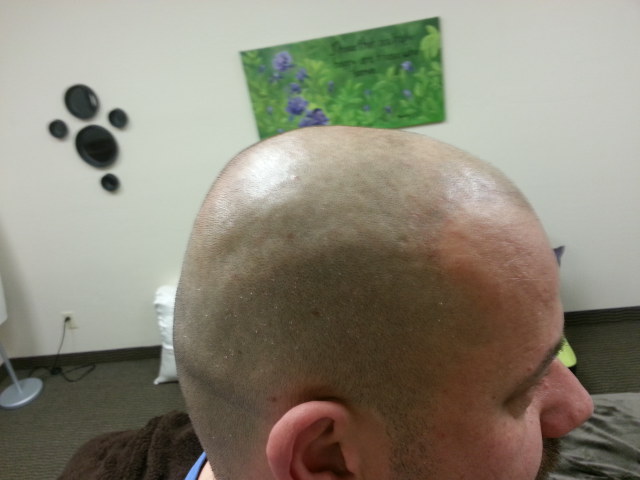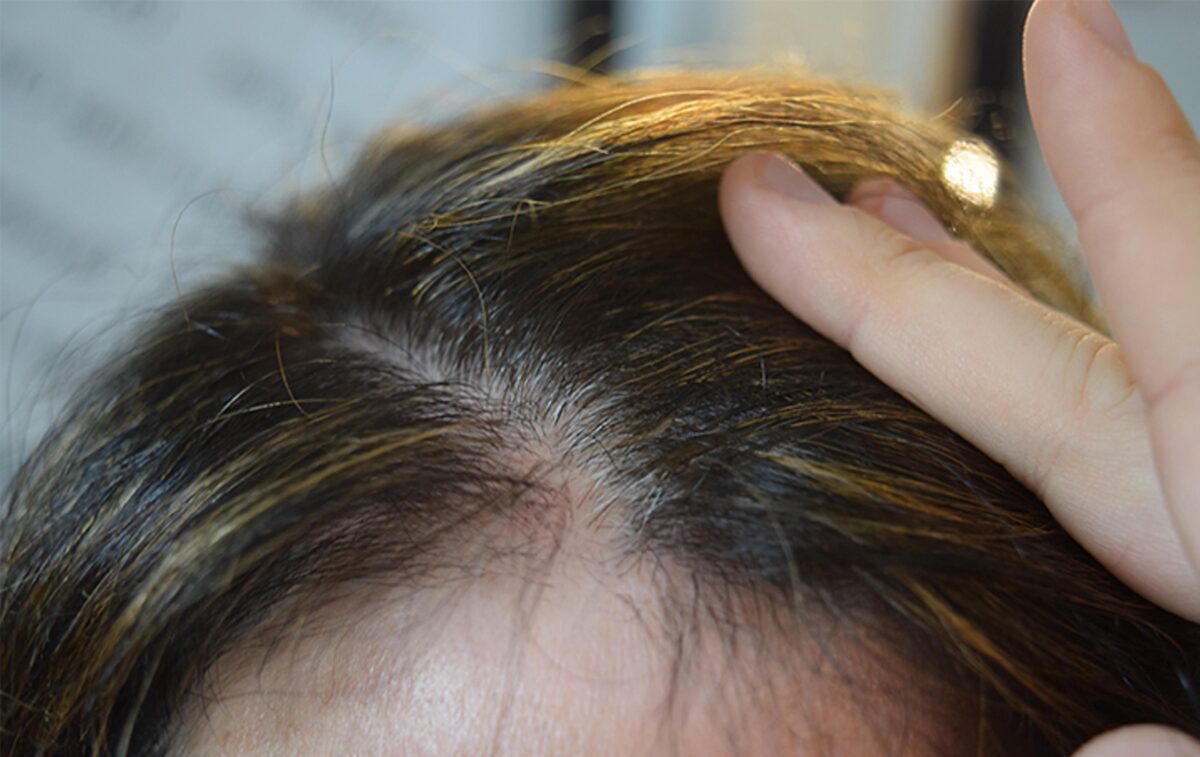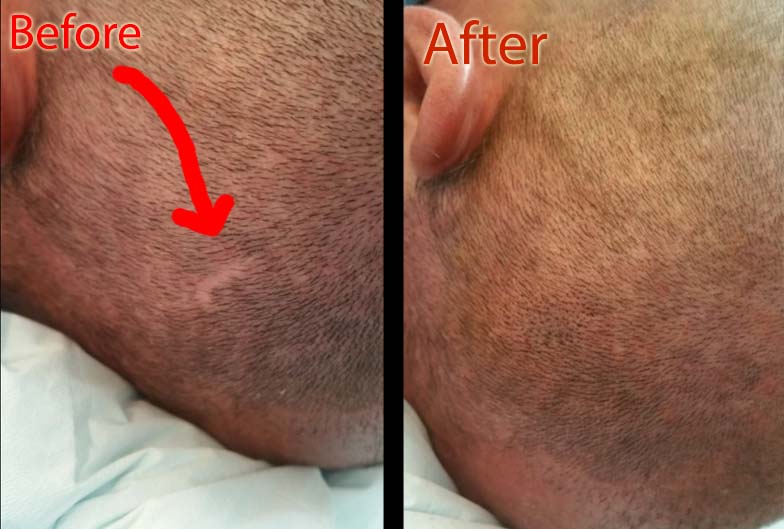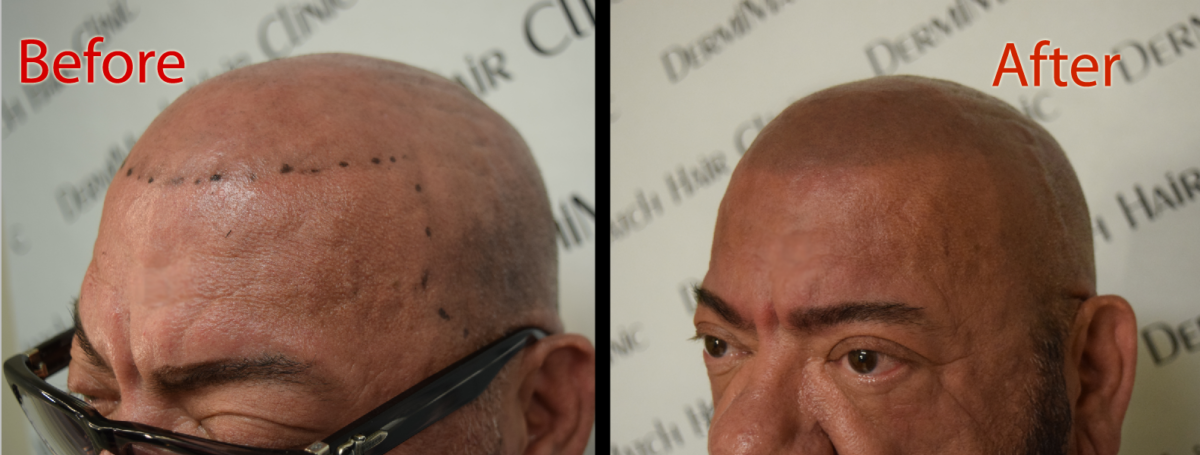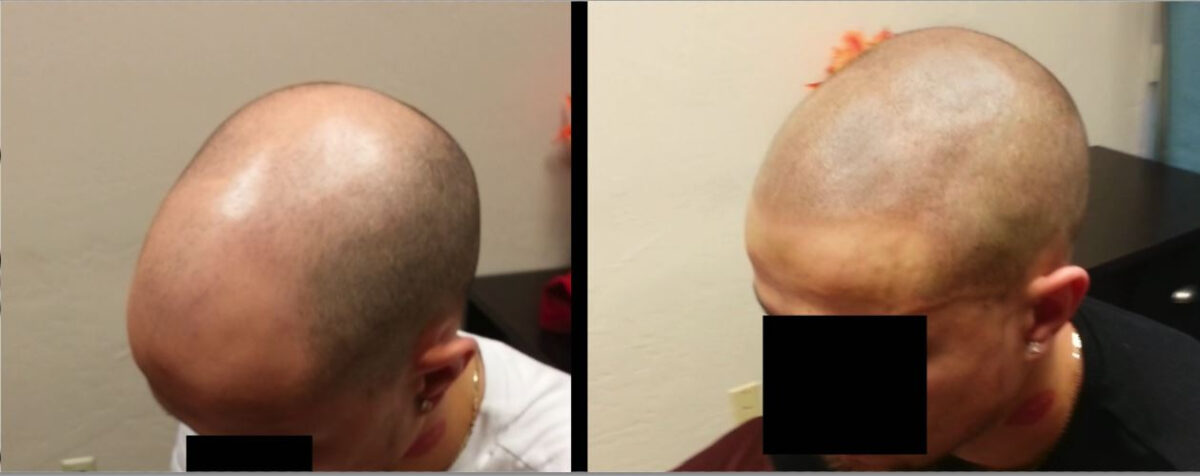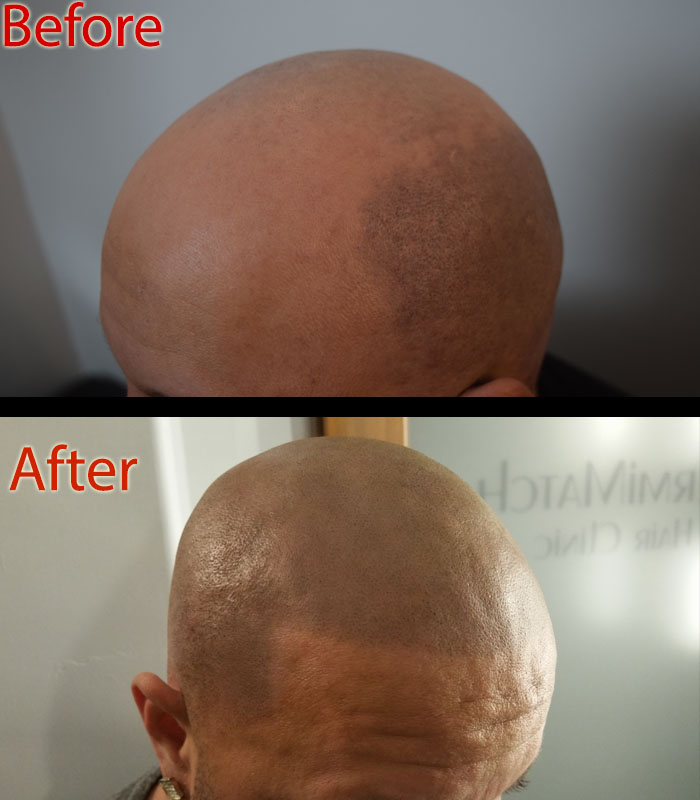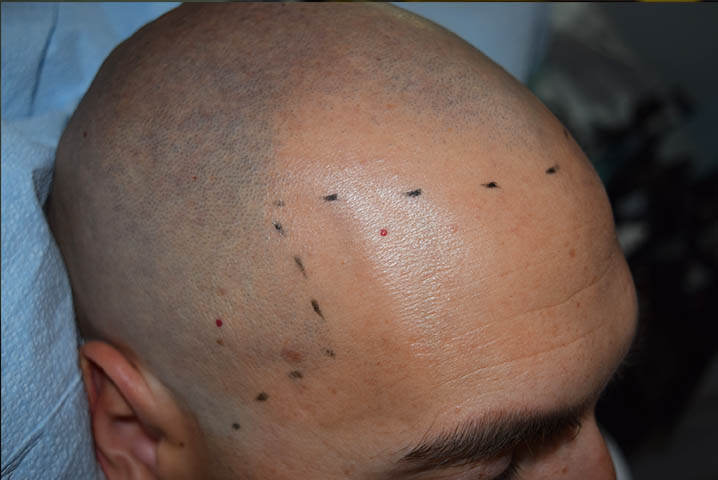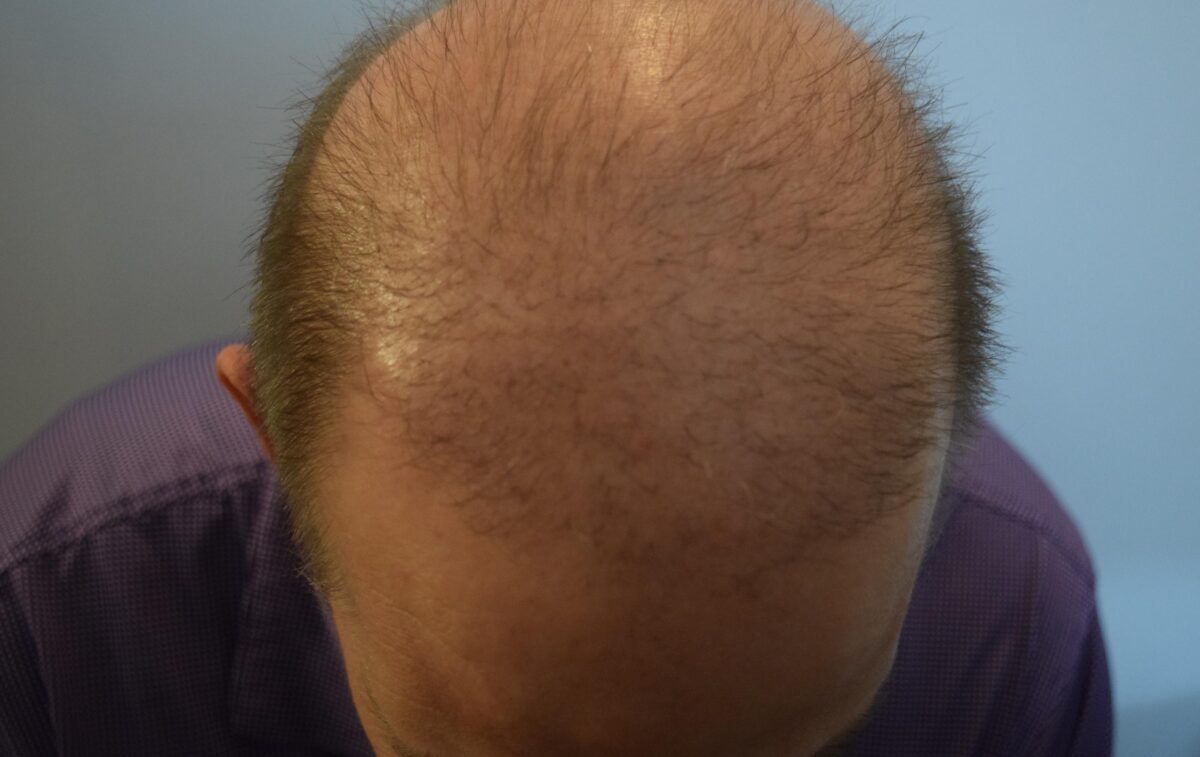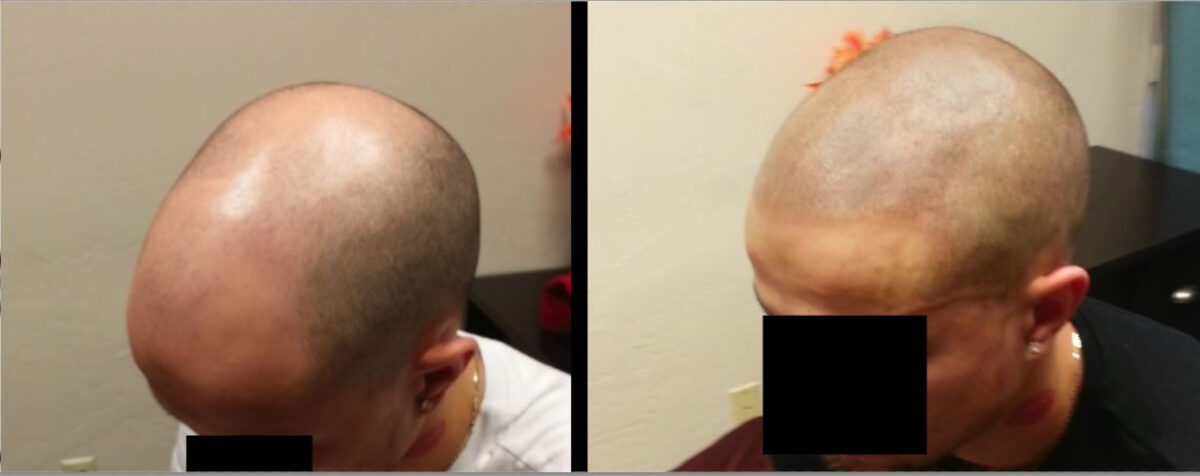Hair loss is not welcome for men and women. With hair loss starts the struggle and challenges to overcome the problem. No doubt, the sight of thinning hair, a receding hairline, a balding scalp, or hair shedding is disheartening, but finding the right solution that can fix the problem can prove to be a blessing. Rogaine or Minoxidil has become popular as a hair loss solution. The non-prescription drug for hair loss is touted to be effective against hair loss. But is it actually effective? Well, let’s explore some of the Minoxidil side effects to give you enough reasons to quit the drug.
Minoxidil Side Effects
Effective
You can find some clinical studies that claim Minoxidil’s effectiveness as a hair loss remedy, but it does not work for everyone. It may work only in specific cases of baldness. The treatment is effective as long as you are using it. Once you stop, hair loss resumes. Study subjects did not experience huge growth of hair.
Does not suit everyone
One of the major Minoxidil side effects is that it is not suitable for everyone. Some groups of people should not use Minoxidil. This includes those with heart problems, internal conditions, heart rhythm problem, cancer treatment, kidney disease, and to specific health conditions or circumstances. Nursing mothers are also advised not to use Rogaine as a hair loss treatment. The same applies to kids below 18 years of age.
Limited & slow hair growth
Minoxidil for hair loss does not start working overnight. Its effectiveness is slow and limited. You can see limited hair growth when you start using Rogaine. It’s like a wait game, where you need to be consistent in your medication therapy and then wait for visible hair growth. The results are inconsistent among different individuals. While for some, it may show minimal growth, others might report moderate hair growth.
Dependence factor
You ought to show a lifelong commitment to minoxidil for it to be effective. Unfortunately, the regrown hair may fall out within a few months of discontinuing the treatment. This might even go to the extent of balding. So what does that mean?
In simple words, that means you must be prepared to use Minoxidil indefinitely for it to be effective in stimulating hair regrowth. It can have a significant financial and economic effect. Worst still, long-term use might cause serious minoxidil side effects.
Potential side effects
Some of the most common side effects of Rogaine include dryness, itching, burning, scalp irritation, and general discomfort. Then there are some users who experience stomach discomfort, nausea, drowsiness, and irregular heartbeat as side effects. In some cases, unwanted hair growth is common all over the body.
Is There a Better Hair Loss Solution?
Well, while Minoxidil side effects can be scary, you want to trust a hair restoration solution that comes with no adverse events. Of course, finding a reputable scalp practitioner can help with your hair loss woes. SMP or scalp micropigmentation is a cosmetic hair restoration procedure to implant pigment into the scalp that mimics the appearance of follicles. With this, it creates the look of denser hair growth. A few touch-ups can help keep the treatment results effective for years. Find the best Phoenix SMP artists at DermiMatch Clinic.

